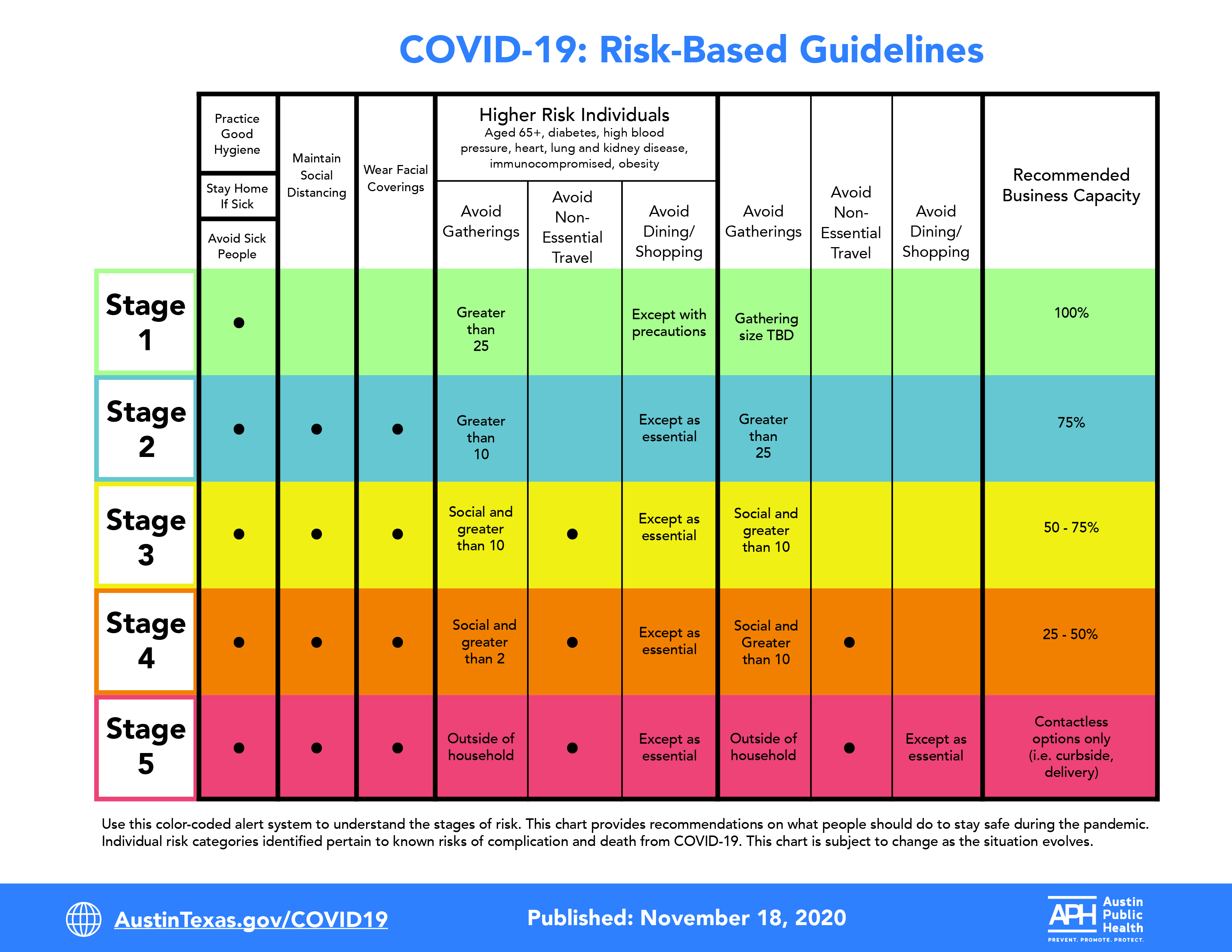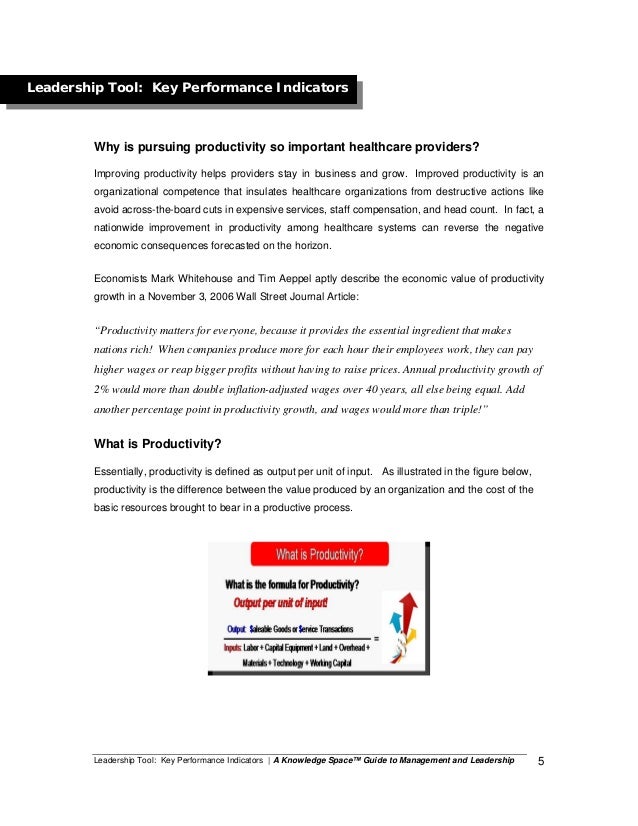Table of Content
- Data exploration is key to business success
- How Home Care Software Helps With Managing Multiple Senior Care Agencies and Facilities
- Treatment Costs
- Client Satisfaction
- About our surveys & data collections
- Best Business Strategies For Company Growth
- Use End-of-Year KPIs to Make Data-Driven Decisions in the New Year
- COVID-19 data & statistics
Indicates the number of people who were unwilling to wait to see an emergency room physician. This may help determine if more beds or staff are needed to handle the number of patients coming in. Measures the number of times there is an error in prescribing medication at the facility. This includes when a mistake is made in the medication, patient, or dosage, and it applies to both inpatient and outpatient services.
Paying overtime is expensive and therefore costly to the agency, so tracking those numbers and setting weekly goals is a beneficial task for owners. This metric will provide information on each patient's average lifetime revenue generated. Defined the average number of days payers, including patients, take to pay for the services provided. This metric will help home care agencies to monitor the revenue and the sources of the revenue. Missed visits lead to lost revenue and decreased patient and employee satisfaction. This KPI will provide the average pay for the services provided per hour, visit, patient, and employee.
Data exploration is key to business success
As you are able to, including additional KPIs in your evaluation will be helpful to further understand the big picture surrounding your agency’s business performance, but for now, let’s focus on these key indicators. Improving operational efficiency in scheduling, clinical documentation, and quality assurance will impact the bottom line of Home Care Agencies. In this article, we discuss the five steps home care agencies can take to improve the utilization of clinicians' time. Home Care Agencies should look for a software platform that will provide the right tools to enhance clinicians' productivity.
In the visual example, you can immediately observe 2 critical months, March and April, when the occupancy rate was above the critical threshold of 90%. The leadership team offers a tailor-made system that tracks 10 key performance indicators , which are then sent to franchisees on a weekly to monthly basis to help inform and steer business decisions. Ultimately, KPIs help each owner create goals that are both challenging but attainable as they begin their journey as a home health care business owner. These metrics will provide information on the number of active patients, admissions, discharges, and the average length of stay for the agencies. Diligent monitoring of patients under care indicates the agency's performance and improves patient and caregiver satisfaction. Once you identify the metrics to track, you’ll need a home health care business plan to document and track the success of your business strategy.
How Home Care Software Helps With Managing Multiple Senior Care Agencies and Facilities
KPIs are also measured against approved standards of care and practice as well as comparable organizations. To improve the room turnover rate, include high-quality standards of cleaning services, and introduce a tracking system to know which beds are available. Take a look at this free list of metrics, organized in the eight categories above. They all include descriptions of how and why to measure that particular KPI, and they come in a simple and accessible Excel format. Simply put, gross margin is the difference between what you bill the client for the service and what you pay the caregiver to provide the service, and it’s critically important in the growth story of your agency. Monitoring this metric will help home care agencies to focus their efforts on growing the agencies.

Boost Midwest is experienced at determining first, the best key performance indicators for your hospital, clinic or individual practice and second, establishing a data baseline using best practices in health care operations. With that KPI data in hand, we can improve health care operations for better patient outcomes. Out of all the different economic sectors, key performance indicators are critical to managing hospital and clinic operations. Demands on health care have dramatically risen in the last year under the Covid-19 pandemic, but improving health care quality, coverage, and outcomes within the resources available is a constant for health care systems. Our list of key performance indicators in healthcare wouldn’t be complete without the bed occupancy rate.
Treatment Costs
Changes in these two measures help identify whether any changes within the system have been effective. A range of other health indicators can build on these measures to give a wider view of acute care performance. These include performance in planned care, timely triaging of patients, patient experience, access to services and other quality and safety metrics.

Besides their obvious rationale - the need to measure data in areas critical to success, there is another crucial reason for tracking we mustn’t forget - their human effect. Performance Indicators Evaluate your staff-to-patient ratio on a regular basis so that you avoid staff fatigue, increase patient satisfaction, and reduce potential errors. Performance Indicators It is important to keep your claim denial as low as possible as it directly affects your patient satisfaction levels as well as the quality and accessibility of care. Performance Indicators Monitor the occupancy rate in order to establish a healthy balance between the utilization of hospital resources and general pressure on the facility. This section reviews measures of quality for nursing homes, home health agencies, and hospice services and suggests where and how you can get information about the measures.
Client Satisfaction
Performance Indicators Calculate the treatment costs according to different categories over time and analyze the evolution. Performance Indicators Track the equipment utilization to identify where there’s room for improvement such as reallocation of equipment to other areas where is needed the most. Demonstrates the number of staff available per patient and may indicate whether the facility is overstaffed or understaffed. The models of care used by DHBs around the country will vary depending on a range of factors, including local workforce, community services, population health and environmental factors. Measure this value over time so you can address the issues and improve the attendance via reminders or additional calls to patients, for example.
Improve cost management of medications Access to patients’ drugs as well as costs is one of the major elements in hospital management, but also healthcare systems as a whole. If the facility is not able to provide relevant medications, patient care will suffer, hospitals will experience budget pressures, and, consequently, a shortage of staff due to budget cuts. That said, this is a medical KPI that needs special attention and continuous monitoring. Our example shows relevant departments and the average cost per stay, where surgery and pediatrics lead with over $1000, and internal medicine and orthopedics follow.
Most organizations set objectives, and KPIs are used to show the direction an organization is moving into by providing objective and comparable data, expressed by numbers. Performance Indicators After different evaluations over this KPI, you may set a target length of stay that you would like to achieve. Strictly Necessary Cookie should be enabled at all times so that we can save your preferences for cookie settings.

Performance Indicators In order to keep your mortality values below the average, you can set up risk scores for the different patient categories and apply preventive measures for each of them. If you see that you have a negative cash flow, you need to respond quickly and find improvement opportunities to ensure business continuity. Our SoftwareFor Strategic Planning Drive strategy execution across your organization.For Strategy Reporting Optimize your reporting process to save time. For Project Management Manage the right projects, with the right level of detail.For Local Government Use ClearPoint to drive efficiency and transparency.
As the home health care market continues to grow, there is so much potential for BrightStar Care® owners to grow their agencies. The average number of visits can help them understand issues related to travel and employee fatigue. This metric may be calculated by adding the number of events where a home agency either missed or was late for a service or did not provide satisfactory care. This metric may be calculated by dividing the actual number of inquiry/referral calls that turn into clients by the total number of inquiry/referral calls. This metric measures the number of medicine errors that take place whether they are identified prior to administering to the patient or after administering to the patient.

No comments:
Post a Comment